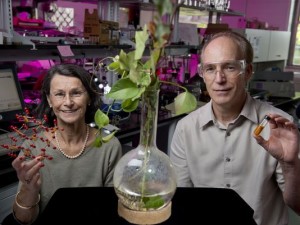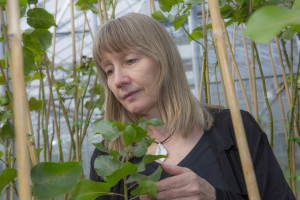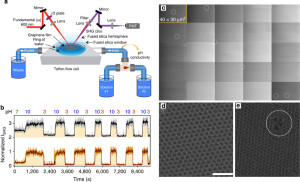Silicon is the common material used in solar cells and computer chips, but gallium arsenide is an alternative material with many advantages.
Image: YouTube/Stanford University
When we think of chips and solar cells, we think of silicon. However, silicon isn’t the only chip-making material out there.
Researchers from Stanford University are turning their attention away from silicon and are looking toward gallium arsenide to make faster chips and more efficient solar cells.
Gallium arsenide is a semiconductor material with extraordinary properties. Electrons can travel six times faster in gallium arsenide than in silicon, allowing for faster operation of transistors. Unfortunately, cost effectiveness is not one of gallium arsenide’s alluring properties—which has caused researchers to opt for the much cheaper and less effective silicon material.
One single wafer of gallium arsenide could cost up to $5,000, whereas the same size wafer of silicon costs only $5.





